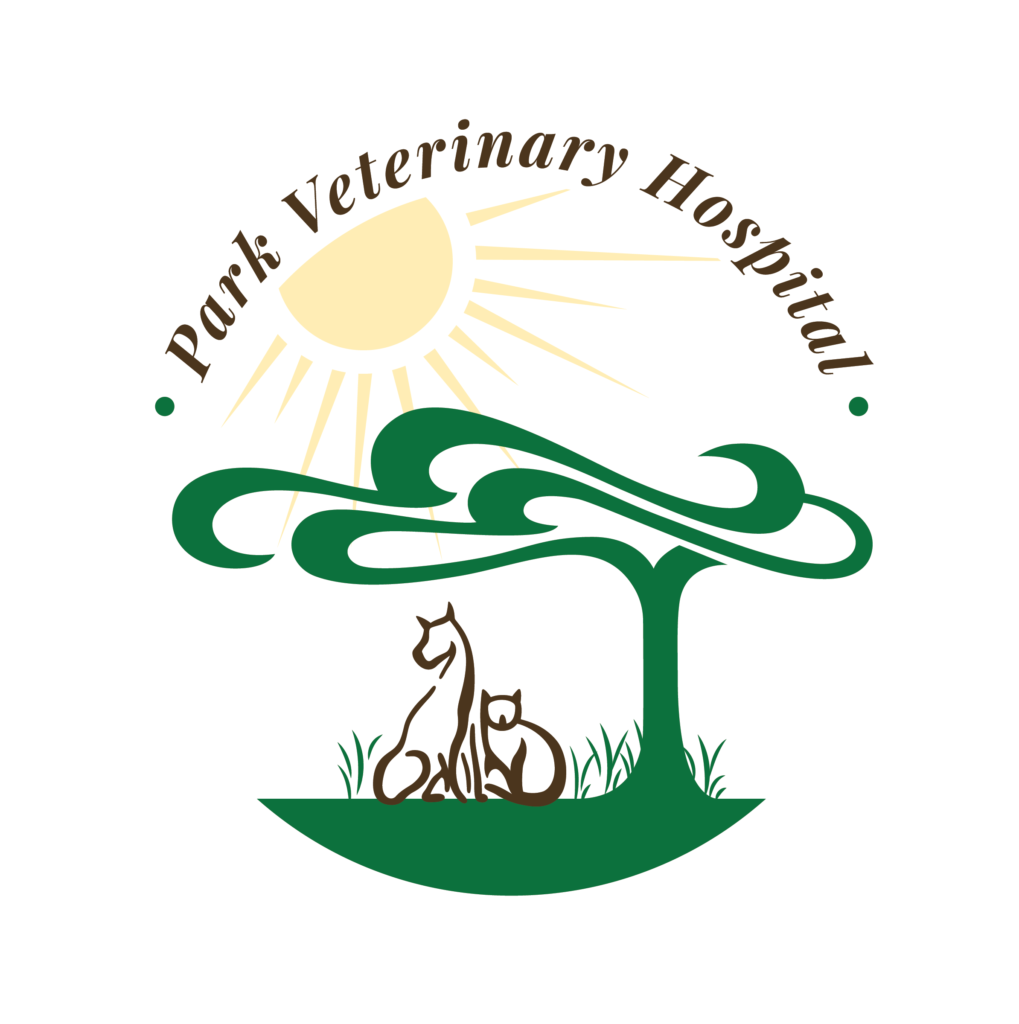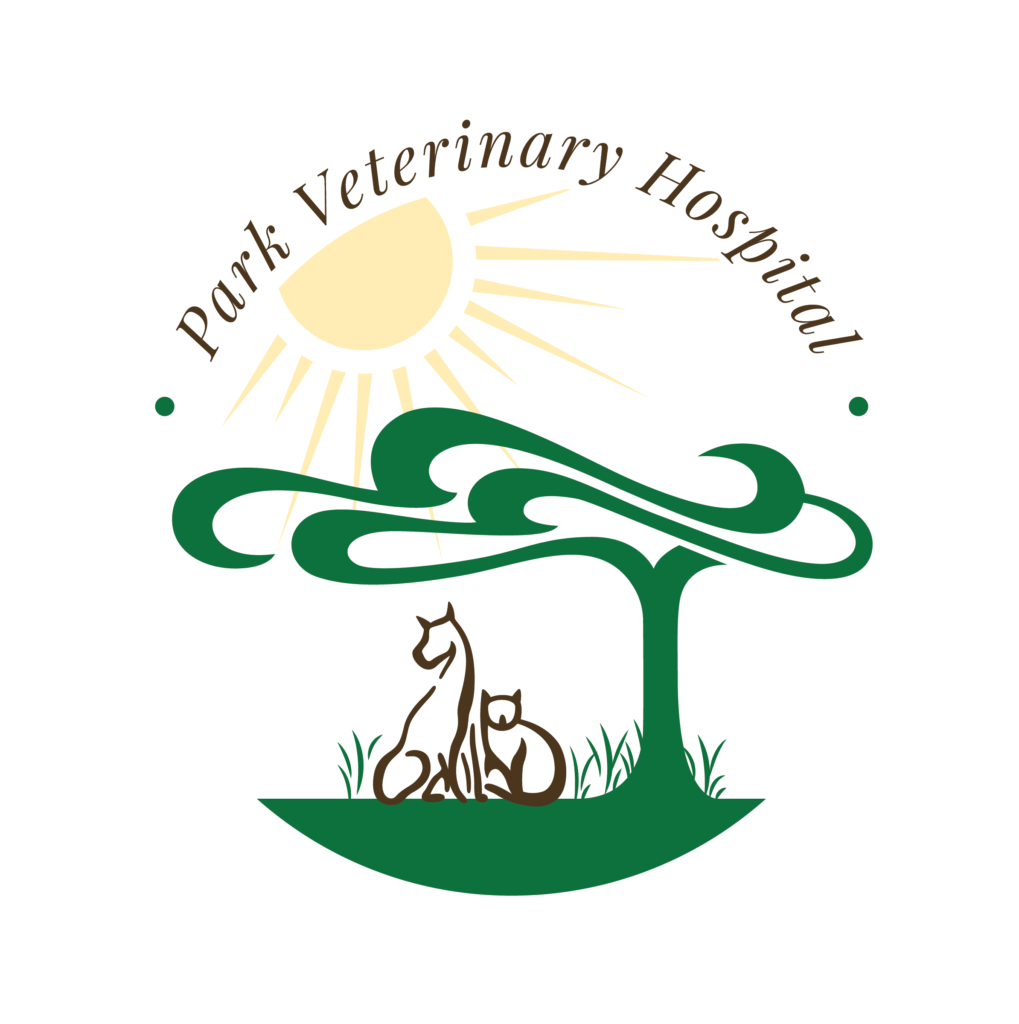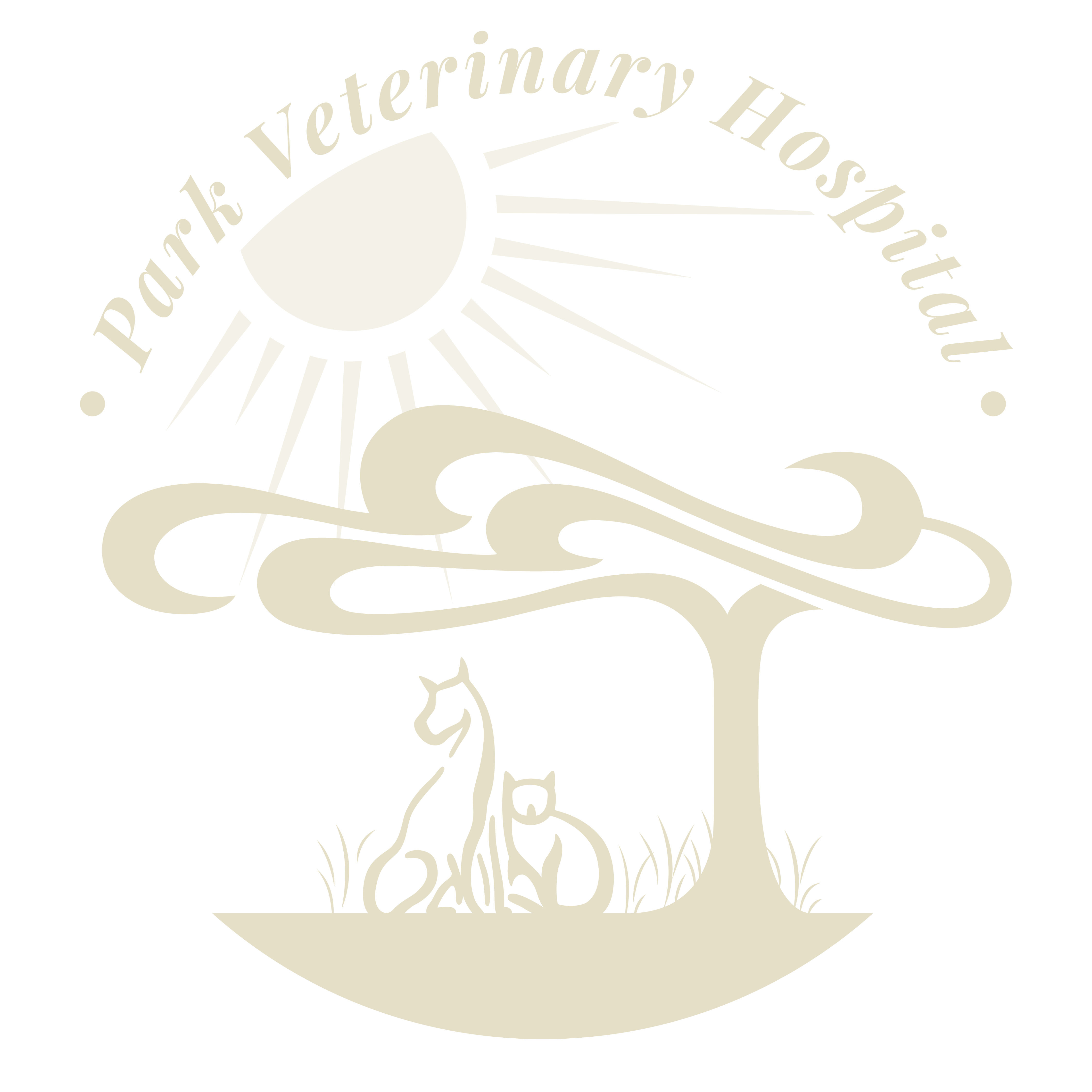Many pet owners take nutrition for granted. Did you know that
specially formulated diets
can assist in the management of various medical conditions, including kidney disease, diabetes, arthritis, and heart disease? From the very first day you bring a new pet home through the final days of its life, nutrition plays a critical role in your pet’s overall health and well-being.
All pet parents want what is best for our beloved feline and canine companions. Since our fur-babies are at our mercy when it comes to their health and well-being, we have to make sure we are meeting their nutritional needs. As far as pet food is concerned, you have plenty of options to choose from. Whether your dog or cat prefers dry or canned food, your priority as a pet owner is to give your furry companion the nutrition he or she needs to live a long, happy and healthy life.

Optimum Dog Nutrition
What Is The Right Food To Feed Your Dog?
Good nutrition is feeding your dog the building blocks and energy components that allow them to grow, develop to their potential and stay active throughout their life. There are many ways to feed your dog and hundreds of diets to choose from. Most people tend to use dry and canned dog food for convenience and cost. However, for owners who are open minded about their dog’s diet, there are alternatives to dry and canned dog food that may offer better nutrition for your particular dog.
At Park Veterinary Hospital, we have spent decades educating pet owners about proper dog nutrition for dogs of all ages, breeds, conditions and lifestyles. Because canine nutrition ultimately plays a large part in the quality of your dog’s life, we want to share some veterinary insight with you about proper dog nutrition, whether you are looking for puppy food recommendations, or adult and senior dog nutrition advice.
The keys to canine nutrition
The following dietary components represent the fundamental keys to canine nutrition:
- Proteins: Proteins are complex molecules made up of amino acids, the building blocks of cell growth, maintenance and repair. In companion animals like dogs, one of the biggest demands for protein comes from the maintenance of fur and hair, which can use up to 30 percent of a dog’s daily protein intake
- Fats: Fats provide the most concentrated source of energy in the canine diet. They also supply the fatty acids that are important building blocks for important substances and essential to maintaining normal, healthy cells
- Carbohydrates: Carbohydrates can be broken down by the digestive system and converted to glucose which can also be a source of energy. Carbohydrates in the form of whole grains can furnish iron, minerals and fiber, as well as other beneficial nutrients
- Vitamins: Vitamins organic substances, or synthetic derivatives thereof, required for normal body functioning. They are also important in the conversion of calories to energy, the boosting of immunity and other body processes
- Minerals: Minerals are inorganic nutrients that make up less than 1% of a dog’s body weight but are essential to many important functions, such as growth, strong bones and healthy teeth
The combinations and amounts of these components are based entirely on a dog’s age, weight, physical and/or medical condition, and lifestyle. This is why there are many kinds of dog food for each phase of your canine companion’s life.
What is the right puppy food?
Puppy food is specifically formulated with nutrition for dogs that are still growing into adulthood in mind. Puppies need about twice as many calories per pound of body weight as an adult dog of the same breed. You should start feeding puppies a nutritious and scientifically formulated puppy food at approximately 4 weeks of age, which is when mother’s milk becomes insufficient.
Puppy food is best given in multiple, well-spaced meals 2-3 times daily. In general, all puppies under 10 pounds should be fed 3 times a day and those above can be slowly weaned to twice a day feedings. Feeding on a schedule will also help to get their bodies in a routine which will help with house training. Some breeds will overeat if allowed access to too many calories, so it is best to monitor their weight gain and ask our veterinarian to help determine if the growth rate is correct or if your puppy is growing too quickly and/or gaining too much weight. You should feed a puppy food that contains 25% to 30% protein. Remember, the adult size of a dog is determined genetically, not by how fast he or she grows. So refrain from overfeeding puppy food in an attempt to accelerate a puppy’s growth rate.
Puppy breeds vary tremendously with size, rate of growth, tendencies to overeat, etc. There are so many variables in making the correct choices when it comes to nutritional and caloric needs of puppies that we highly recommend seeking the advice of one of our veterinarians.
What is the best dog food for an adult dog?
Each dog is unique and therefore there is no one dog food which works for all dogs. In general, feeding a premium brand such as Hill’s Science Diet, Royal Canin and Purina are safe bets for all dogs. They have many choices of proteins and types of diets (canned, dry). There are several premium brands of dog food that are good choices.
Select an adult dog food that is specifically balanced to deliver the caloric and nutritional requirements essential for health, happiness and wellness. It is also important at this stage in a dog’s life to make sure to use portion control whether or not you use timed or free choice feeding methods.
- Timed Feeding: Timed feeding involves making a portion of dog food available for a specific period of time. For example, food can be placed in your dog’s bowl for 30 minutes. After that time, if he or she has not consumed the food, it is removed. This is a common way to feed puppies of breed types that do not tend to gorge themselves
- Meal Feeding: Meal feeding involves feeding a specific amount twice a day. Unfortunately, most dogs will overeat if allowed timed feeding or free-choice feeding. For this reason, we recommend Meal feeding most often
- Free-Choice Feeding: Free-choice feeding allows dog food to be available at all times, as much as your dog wants, and whenever he or she wants it. This method is rarely as good option because most dogs will overeat and become overweight
Most of the guidelines for feeding amounts on the dog food bags are too high in calories.
Middle-aged dogs have greater risks of gaining excess weight than puppies. Therefore, choosing a balanced and nutritious adult dog food, and implementing responsible feeding protocols, decreases adverse health effects caused by poor nutrition or over-consumption.
Choosing the right senior dog food
Generally, we consider a dog senior after 8 years. Every Senior is different in aging and nutrition needs. If your senior dog is doing well on its current diet then there may not be need to change the diet. However, some senior dogs may have health concerns they have developed over the years that may require special diets. Most senior dogs will have needs for less calories but still have needs for very high quality diets. Some senior diets will address this by decreasing the calories in the diet but maintaining the protein levels. They have less ability to assimilate proteins and for this reason need high quality protein choices.
Beginning a senior dog food regimen depends greatly on the breed and size of your dog. For example:
- Small breeds and dogs weighing less than 20 pounds – 8 years of age
- Medium breeds and dogs weighing 21 to 50 pounds – 8 years of age
- Large breeds and dogs weighing 51 to 90 pounds – 6 years of age
- Giant breeds and dogs weighing 91 pounds or more – 5 years of age
There are times when supplements are helpful for senior dogs. Again this may be very specific for your dog’s needs. It is always best to be honest and share with your veterinarian supplements that you are giving or would like to give.
Dog food recommendations for overweight dogs
Unfortunately, obesity has become a common problem with dogs. Just like humans, being overweight can be detrimental to a dog’s health. An overweight dog has many added stresses upon his or her body, and therefore is at an increased risk of:
- Diabetes
- Arthritis
- Joint pain
- Exercise intolerance
- Low energy
Obesity occurs when energy intake (or food) exceeds energy requirements (or the amount of calories burned through activity and exercise). The excess energy is stored as fat, and accumulated fat causes obesity. The majority of dog obesity cases are related to simple overfeeding coupled with lack of exercise. The best way to curb and reverse obesity is to:
- Correct your dog’s diet: Feed your overweight dog a reduced calorie, high fiber diet that includes vitamins and minerals to maintain coat and skin health during dieting. You should consult our veterinarian for dog food and feeding recommendations. Canned foods can be a good option due to the decrease in carbohydrates.
- Increase Exercise: Both frequency and duration of exercise should be increased. Make sure you are working up to daily or longer exercise sessions. Regular exercise burns more calories, reduces appetite, changes body composition and will increase your dog’s resting metabolic rate.
- Modify Feeding Habits: For you and your dog. This includes monitoring treats, cutting down on or cutting out human food, and feeding smaller, more frequent meals to keep your dog from experiencing hunger pains.
Fats your dog needs
Fats help maintain healthy skin, fur, eyes and cognitive function, as well as provide valuable energy reserves. Along with protein, fats contribute to a dog nutrition program’s palatability, plus aid in the absorption of fat-soluble vitamins: Vitamins A, D, E and K.
Like protein’s essential amino acids, fat has its own essential fatty acids (EFAs) that make up an important part of every cell:
- Linoleic acid–Omega 6 Fatty Acids
- Linolenic acid–Omega 3 Fatty Acids
- Arachidonic acid
It is important to choose a high quality dog food that provides healthy fats and fat soluble vitamins. You should consult your veterinarian to learn if your dog can benefit from nutritional supplements.
Do dogs need carbohydrates?
While dogs get a significant amount of energy from dietary protein and fats, carbohydrates are still important components of dog nutrition. They are broken down by the digestive system and converted to glucose, an alternate source of energy. For this reason, carbohydrates can be an important caloric source in some dog foods.
Whole grain carbohydrates can furnish iron, minerals and fiber as well as other beneficial nutrients. They can be found in vegetables and fruit–which also supply minerals, fiber, antioxidants, phytochemicals and some protein.
Although it is fine for dog food to contain carbohydrates, we don’t recommend any dog nutrition source that uses carbohydrates as its main protein-based ingredients. Instead, we prefer higher protein and fat content to carbohydrates, especially in adult and senior dog food.
Vitamins for dogs
With a balanced canine nutrition program featuring high quality puppy food or dog food, and healthy snacks or treats, your dog should receive most of the daily vitamins he or she needs for optimal functioning and body processes. In some cases, small amounts of chemical specific vitamins can help combat illnesses, diseases or conditions and we recommend discussing your your dog’s particular vitamins needs with one of our veterinarians at your next appointment.
Table scraps or adding human food
We know that most of you like to feed your dog some of your food. If you are like most people and want to add some whole fresh food to your dog’s diet, we recommend that you add one ingredient at a time to see if there are any digestibility or intolerances. Adding some fresh cooked vegetables and some healthy low fat protein to your dog’s kibble can actually be a very healthy addition. Cooked broccoli and green beans are generally well tolerated by most dogs. Chicken, fish and lean pork or beef can also be added in small amounts to your dog’s food. Adding in some other protein sources is only ok in dogs who are not allergic. Always review your diet plan with our veterinarian. In general, feeding a high quality kibble and adding some whole food can be a very healthy diet for your dog. We generally recommend that you keep the amounts to 20-25% addition of table food to 80% dog food.
Home cooked diets
Some of you may have more time and want to cook entirely for your dog. This is a perfectly healthy option as long as the diet is well-balanced. We can work with a veterinary nutritionist to help formulate a home cooked diet using the ingredients you like to keep at home.
Optimum Cat Nutrition
The Pros And Cons Of Different Types Of Cat Food
Feline nutrition is very important for general health. However, the plethora of dietary options, brands and formulas available to consumers can be confusing, when deciding which kind of cat food is best for your feline friend’s health and wellness.
Unlike humans and various other creatures (dogs included), cats’ evolutionary process has resulted in no dietary need for carbohydrates. Just like their undomesticated, and much larger relatives, domesticated cats’ bodies have adapted to a protein and fat rich, carbohydrate-poor diet. In the wild, cats use plants, primarily tall and short grass, for digestive regulation and dental support. However, wild cats do not consume vegetable or plant matter for the purpose of energy or nutrition.
High quality cat foods are formulated with this evolutionary platform, and feline nutrition requirements, in mind. The three main types of cat food are:
Kibble (dry)
- Pros: Usually inexpensive, convenient
- Cons: Higher in carbohydrates than desired
Canned (wet)
- Pros: Convenient, usually more nutritious than kibble
- Cons: Usually more expensive than kibble per serving
Fresh (uncooked/processed proteins)
- Pros: Optimal wellness cat food diet
- Cons: Most expensive option, most cats will not except the change to fresh
Cats are unique in their attachment to specific textures of their food and it is difficult to get them to accept/change to other forms of food. For this reason, we recommend that you try to feed kittens a mix of canned and dry with the hope that they will always accept both.
At Park Veterinary Hospital, we take pride in providing our patients and their human caretakers with all the information necessary to help cat owners make educated decisions about all facets of feline nutrition, cat foods included. This is also why we work closely with a certified veterinary nutritionist at our practice.
Kitten Food
For the first month of a cat’s life, kitten food comes in the form of mother’s milk, and/or commercial milk replacer formula given every 2-4 hours if the kitten has been separated from its mother. Once this initial period passes, kitten food can become a dietary staple in the following stages, amounts and frequency:
From 3-5 weeks of age, feeding kittens involves offering the milk-replacer formula in a shallow dish to encourage weaning from a bottle. You can also add a moist, easily chewable diet consisting of a mixture of warm milk-replacer and high quality canned or dried kitten food 4-6 times a day.
By 5-8 weeks of age, your kitten should be able to chew its own kitten food, and you should provide a protein rich and energy filled diet, with feedings taking place 3-4 times daily. There are many different types of kitten food available, and we would like to discuss these dietary options with you at your next veterinary appointment. Typically we recommend canned kitten food because it will mimic the natural diet both in consistency and formulation. However, a good diet may also consist of a combination of canned and dry kitten foods. After 6 months of age, kittens should be fed 2 times per day.
Kitten food is usually very high in protein, calories and fats, which are all necessary to support healthy growth and body function. Feeding the right kitten food in the right amounts, and at the right times throughout the day is essential for happy, growing cats. Our veterinary staff would be happy to discuss the best kitten food options for your feline friend, as well as a proper feeding schedule at your next veterinary appointment.
Cat Foods
Although dry cat foods are very popular among cat owners, they should be considered the second choice for cat food. This is because dry foods have a higher carbohydrate count than we consider optimal. In addition, the protein choice tends to be higher in plant and not animal based protein.
The high levels of carbohydrates and plant protein can lead to weight gain and digestive issues, especially in older and more sedentary cats. However, dry food is convenient and the best choice for busy households. Some premium food brands have developed formulas of speciality, prescription formula dry cat foods which can be sound choices for cats with allergies, certain health conditions, and as part of a diet also containing canned or fresh food.
Wet cat foods can have a nutrient profile that mimics the kind of diet cats would choose in the wild. The protein in canned cat food is usually animal based, which means that canned cat food has a nutritional profile that compliments a cat’s evolutionary profile and physiological needs. Canned cat food also usually has a low carbohydrate count, and a high water amount.
Fresh cat foods are the same kind of foods a cat would consume in the wild. Fresh cat food diets are high in unprocessed proteins, fats, vitamins, minerals and of course, water. They are also very low in carbohydrates. Unfortunately, it can be very difficult to get your cat to accept a change in food types and texture.
Senior Cat Food
Beginning around 7 years of age, cats begin transitioning from adulthood to the mature/senior stages of life. This transition causes health and lifestyle changes with a cat’s:
- Weight
- Skin
- Joints
- Teeth
- Internal organs
If your cat is doing well on his current diet, then there may be no need to change to a different formula. Some brands make a Senior cat food which is specially formulated to deliver ingredients which are more easily digested than standard adult cat foods. Senior cats are more likely to develop health issues related to intestines and kidney disease. There are diets specifically formulated to benefit cats with these issues which may help slow the progression of these diseases.
Your veterinarian can help you choose the best cat food for your senior cat by taking pre-existing medical conditions, current health status and overall lifestyle (indoor, outdoor, sedentary, active, etc.) into account.
Understanding Feline Nutritional Requirements
Cats, like all living creatures, require six classes of nutrients:
Water: The single most important nutrient for sustaining healthy cell and overall body function. Cats lose water through their:
- Lungs
- Skin
- Urine
- Milk
- Feces
Cats also have evolved to receive the majority of the water in their diets through the consumption of food. This is why sound feline nutrition includes a diet that is rich in unprocessed proteins and water. Canned cat foods are usually formulated with water content in mind, and can contain up to 80% of this feline nutrition requirement per serving.
Protein: Protein is a fundamental component of feline nutrition that is necessary for the maintenance and support of a cat’s:
- Muscle
- Bone
- Ligaments
- Tendons
Additionally, many of a cat’s functional body components are made of proteins, including:
- Enzymes
- Plasma proteins
- Hormones
- Neurotransmitters
Proteins all have their own digestibility profile, because some proteins, like fish and chicken, are more available for use in the body than other proteins, like plant and dairy. Digestibility refers to the net amount of protein that is left after the cat food’s chemical breakdown in the body.
Proteins also contain essential amino acids that synthesize, or break down and utilize, the protein molecules themselves. Amino acids are synthesized in the liver with the help of carbon and nitrogen. There are 30 total amino acids, 20 dispensable (or non-essential) and 10 non-dispensable (or essential). Dispensable refers to the ability to be safely absent from a diet. This means the 10 non-dispensable, or essential amino acids, must come from a cat’s diet. A high quality cat food that follows a sound feline nutrition requirement protocol will only use unprocessed or minimally processed fish, poultry and meat that contain upwards of 40% of this feline nutrition requirements per serving.
Essential fatty acids: Essential Fatty Acids, also known simply as fats, provide the most concentrated source of energy of any feline nutrition requirement. In cats, fats provide energy, making carbohydrates unnecessary. Fats carry fat soluble vitamins: D, E, A and K.
Fats also supply linoleic and arachidonic acids, which are essential for overall health. Cats that have fat deficiencies will display the following symptoms:
- Stunted growth
- Dry hair/dandruff
- Listlessness
- Infection Susceptibility
A high quality cat food will contain between 20-40% fat (essential fatty acids) of total daily calorie intake.
Vitamins: Vitamins are organic substances (made by plants or animals) that are very important feline nutrition components because they help regulate various body processes, including:
- Boosting immunity
- Support growth and development
- Help cells and organs properly function
There are two types of vitamins, fat soluble and water soluble. We mentioned fat soluble vitamins above, but the difference between them is:
Fat soluble vitamins are processed and can be stored in fat cells. They are generally more sustained release than water soluble vitamins, and also have acute toxicity levels.
Water soluble vitamins must dissolve in water before the body can use them. They cannot be stored and therefore must be replenished with greater frequency than fat soluble vitamins.
The water soluble vitamins are:
- The B Vitamins: Thiamine, Riboflavin, Pyridoxine, Pantothenic Acid, Niacin, B-12
- Vitamin C
A raw or minimally processed cat food diet usually fulfills vitamin requirements naturally through the use of whole foods like chicken, meat and fish. Dry foods usually add synthetic vitamins to make up for the removal of natural ones during processing. Although there is no universally accepted vitamin intake requirement for cats, exhaustive documentation exists to support vitamin intake as part of overall feline nutritional health and wellness.
Minerals: Minerals are inorganic substances that are produced in soil or water, and that are consumed by plants or animals to regulate:
- Acid-base balance
- Tissue structure
- Enzymes
Just like vitamins, there is no universally accepted mineral intake requirement for cats, but volumes of data exist indicating the need of the following minerals to help facilitate healthy body functioning:
- Calcium
- Phosphorus
- Sodium
- Potassium
- Magnesium
- Iron
- Copper
- Zinc
- Iodine
The overall balance of a cat’s diet is affected not only by the levels of each individual minerals, but also by the interactions between them. For this reason, we recommend consulting a veterinarian or veterinary nutritionist about mineral amounts and balance when choosing cat food, or cat food supplementation.



